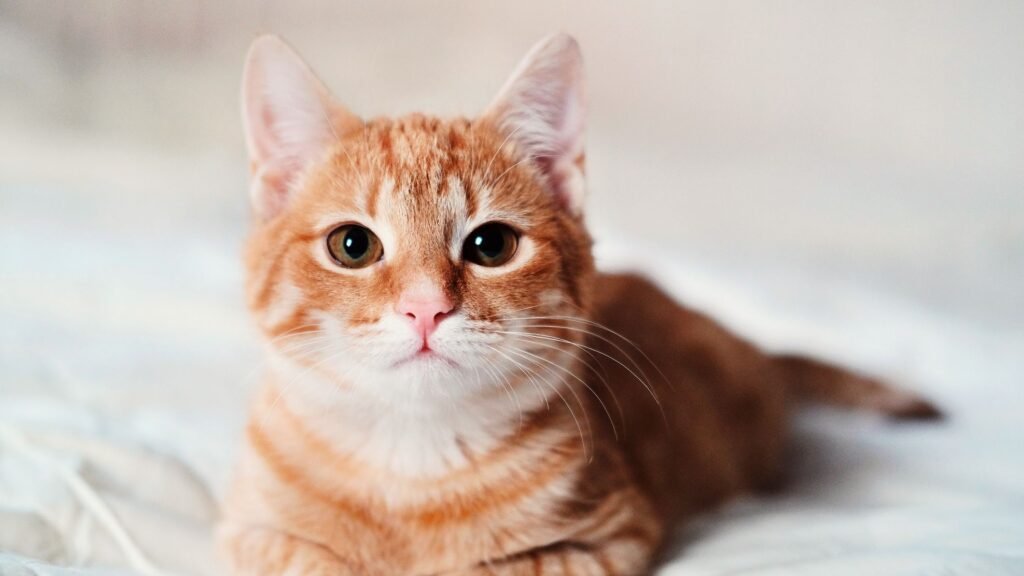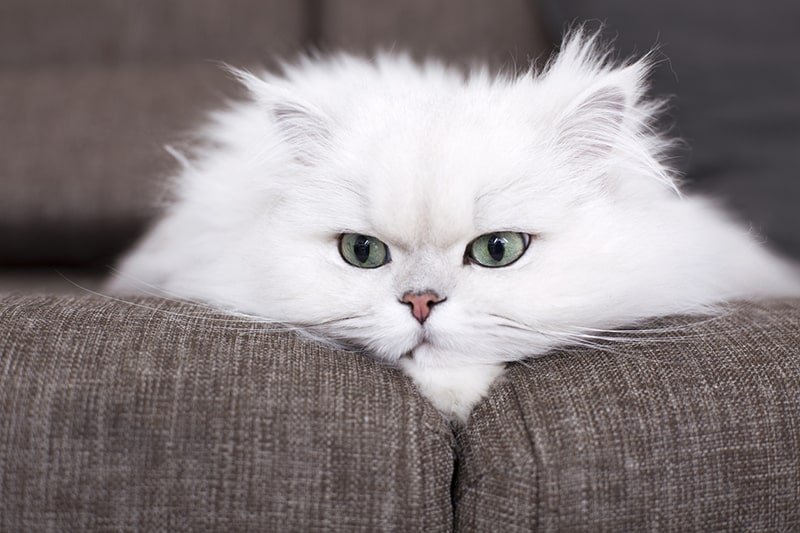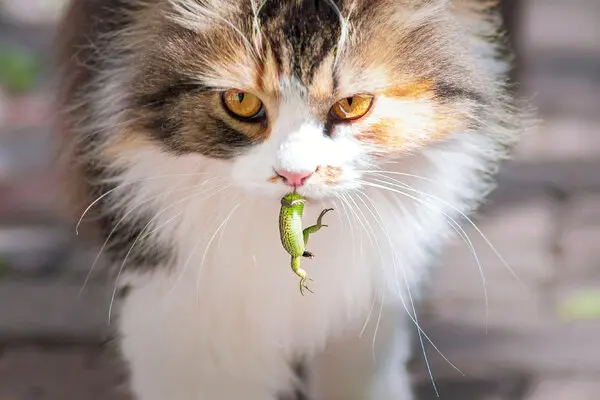Cats, with their mysterious and independent nature,
have been our beloved companions for centuries.
As pet owners, understanding the nuances of cat care
and communication is essential for fostering a harmonious relationship.

In this article, we’ll delve into the latest insights on cat care,
exploring the intricacies of whisker wisdom
and shedding light on how to better understand
and communicate with our feline friends.
Decoding Whisker Wisdom
The Functionality of Whiskers
Cats’ whiskers are not just ornamental; they play a crucial role in helping
our feline friends navigate the world around them. Serving as a sensory tool,
whiskers are highly sensitive to changes in the environment,
aiding cats in detecting nearby objects and even gauging the width of openings.
Cat Communication 101
Understanding feline communication involves deciphering a complex language of meows,
purrs, and body language.
Cats use their whiskers not only for navigation but also as an expressive tool.
A forward-facing set of whiskers indicates curiosity or excitement,
while whiskers pulled back against the face may signal fear or anxiety.
Nurturing a Cat-Friendly Environment
Creating a Safe Haven
Ensuring your home is a safe and stress-free space for your cat is paramount.
Cats thrive in environments where they feel secure,
so consider providing cozy hideaways,
scratching posts, and vertical spaces to satisfy their natural instincts.
The Importance of Proper Nutrition
A well-balanced diet is fundamental to your cat’s overall health.
Consult with your veterinarian to determine the best nutritional plan based on your cat’s age,
breed, and specific health needs. Adequate hydration is equally crucial,
so ensure a fresh supply of water is always available.

Cat Care Dos and Don’ts
Dos: Regular Vet Check-ups
Regular veterinary check-ups are essential to monitor your cat’s health
and catch any potential issues early on.
Vaccinations, dental care, and parasite prevention should
be integral parts of your cat’s wellness routine.
Don’ts: Ignoring Behavioral Changes
Cats are masters at hiding discomfort or illness.
If you notice any changes in your cat’s behavior,
such as decreased activity, excessive grooming,
or altered eating habits,
it’s crucial to seek veterinary attention promptly.
Strengthening the Bond through Play
Interactive Playtime
Engaging in interactive play with your cat not only provides physical exercise
but also strengthens the bond between you and your feline companion.
Experiment with different toys
and activities to find what resonates most with your cat.
The Power of Positive Reinforcement
Positive reinforcement is a powerful tool in cat training.
Reward desired behaviors with treats or affection to encourage your cat to repeat them.
This approach is particularly effective in addressing common behavior issues.

Conclusion
In the intricate tapestry of cat care and communication,
whisker wisdom stands out as a crucial element.
By understanding and respecting the signals
our feline friends convey through their whiskers and behavior,
we can forge a deeper connection
and provide them with the care and companionship they deserve.
FAQs
Q1: How often should I take my cat to the vet for a check-up?
A1: It’s recommended to schedule annual veterinary check-ups for your cat.
However, older cats or those with specific health concerns may require more frequent visits.
Q2: Can I use human shampoo on my cat?
A2: No, it’s not advisable. Cats have sensitive skin,
and using human shampoo can lead to skin irritation.
Opt for cat-specific grooming products recommended by your veterinarian.
Q3: What should I do if my cat stops eating?
A3: If your cat refuses to eat for more than 24 hours,
consult your veterinarian immediately.
Loss of appetite can be a sign of underlying health issues.
Q4: How can I introduce a new cat to my existing pets?
A4: Gradual introductions are key.
Allow the new cat to explore a separate space initially,
then gradually introduce scents before progressing to supervised face-to-face interactions.
Q5: Is it normal for my cat to sleep a lot?
A5: Yes, cats are crepuscular animals, meaning they are most active during dawn and dusk.
It’s normal for them to sleep 12-16 hours a day, especially as they age.

